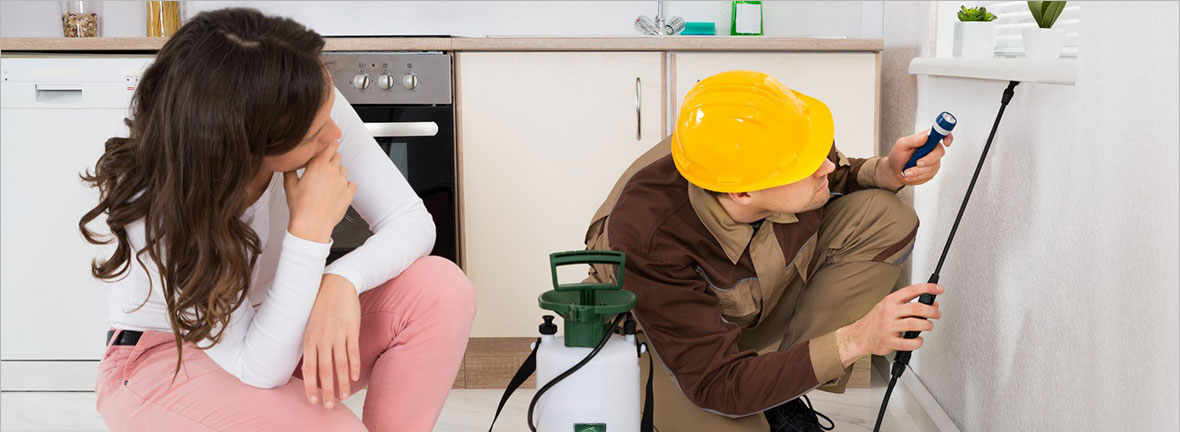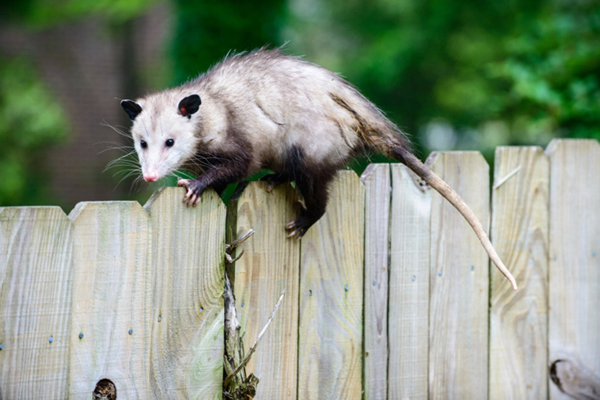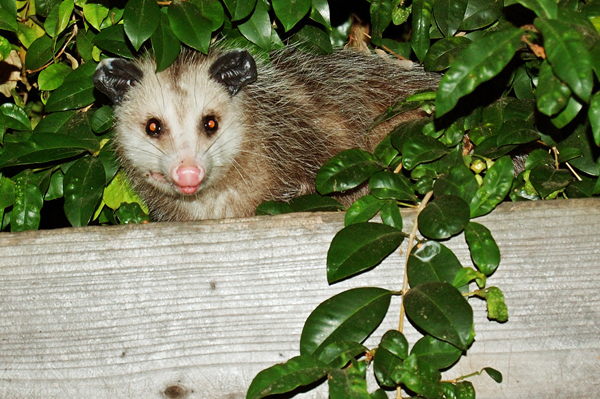State wildlife agencies, under the auspices of the International Association of Fish and Wildlife Agencies, are developing "Best Management Practices" (BMPs) for trapping furbearers in the United States as a way to evaluate and improve animal welfare, identify efficient tools and techniques, and develop recommendations for conservation professionals to consider as an element of their wildlife management programs. Regulated trapping is a necessary and effective wildlife management tool, and wildlife professionals across the country believe that trapping BMPs will ensure the continued improvement of this management technique.
Biologists began the process of developing trapping BMPs by reviewing past scientific literature to determine what research had already been done and to develop priorities for the program. The trap testing needs for twenty-three species of furbearers were assessed. Criteria considered for species prioritization included: 1) the type and proportion of trapping systems predominantly used; 2) the total harvest in this country; 3) the importance to the trapper; 4) the amount and type of economic damage caused; 5) the urgency and opportunity for additional work from the biologists' perspective; and 6) the availability and quality of data from past research programs.
Traps are selected for evaluation by state wildlife agency biologists based on their knowledge of the technique and using data from a survey conducted by IAFWA in 1992 that documents the ownership and use of traps by trappers in the United States. We also invite trappers to recommend traps and modifications for evaluation. Trappers are often aware of new models on the market, many of which are specifically intended to improve animal welfare and may not be widely available but are promising designs for trapping BMPs. Scientists from the USDA National Wildlife Research Center are also involved with this program.
Projects investigating the performance of various capture devices in field settings began in the fall of 1997. The field projects are conducted by licensed, experienced trappers during state-regulated trapping seasons. Trained technicians are assigned to accompany each trapper and record trap line data under guidance of state agency biologists and IAFWA staff. All trappers and technicians must attend mandatory training sessions and abide by clearly defined study procedures.
Two veterinary laboratories in the U.S. with extensive experience in evaluating capture devices conduct full-body necropsies in order to discover which of the restraining traps do the best job of reducing injuries to animals. The data collected from the veterinarians and from the field-work are consistent with international standards for trap evaluation.
Canada is also conducting trap evaluations and we are working cooperatively with them to share information. Much of the research into humane killing traps has been conducted at a uniquely equipped, state-of-the-art Canadian research facility. BMPs will include recommendations for the use of humane killing traps for those species and under those conditions where reasonable and prudent.
Results from these projects will be used in conjunction with existing data to develop trapping BMPs based on performance criteria for animal welfare, efficiency, selectivity, safety and practicality.





